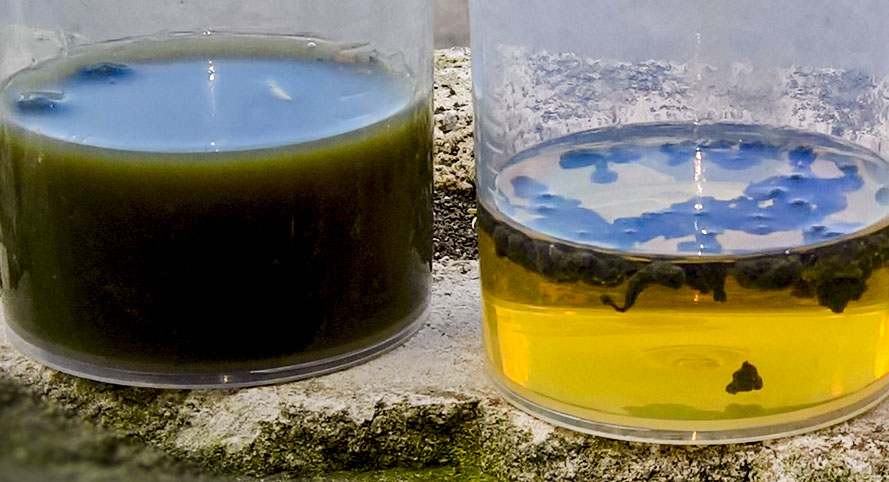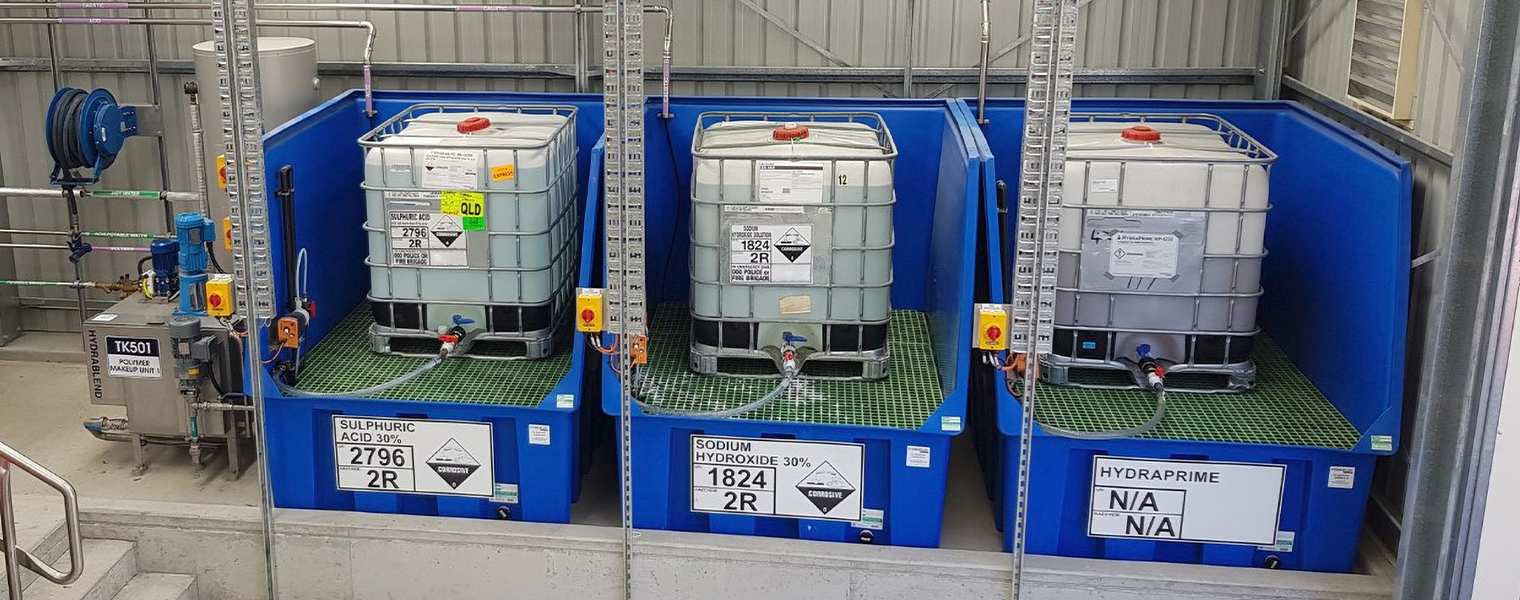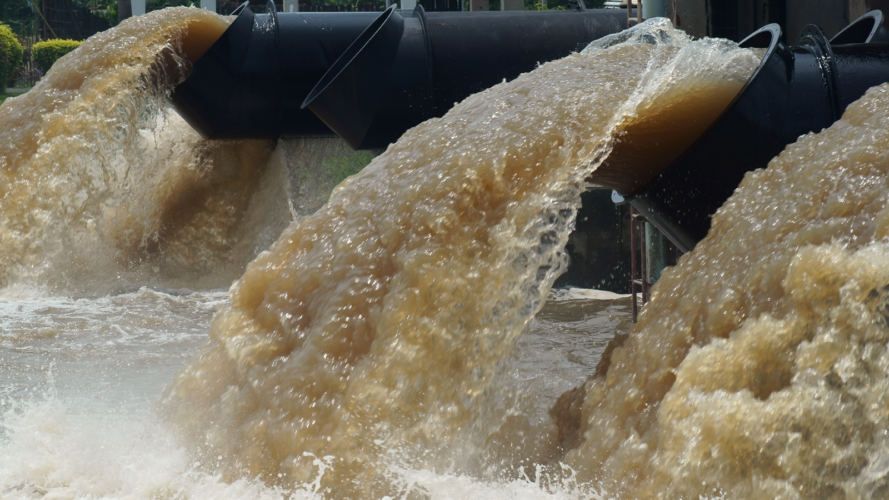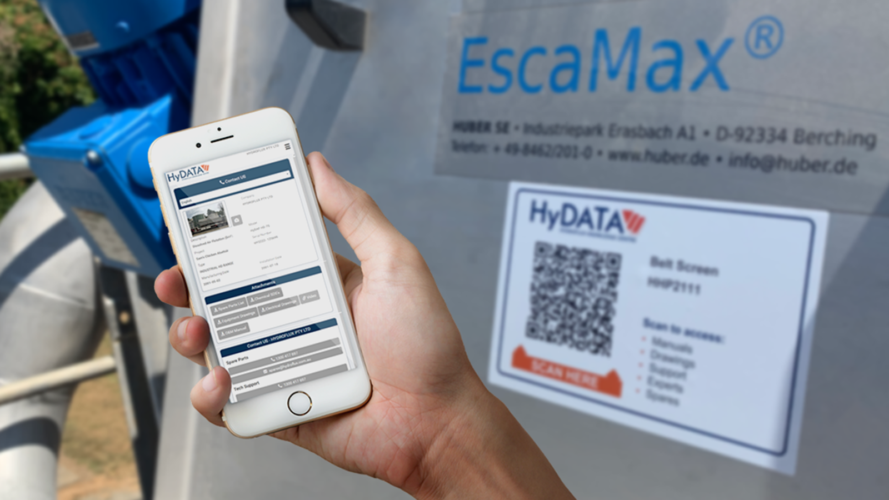
Using Chemistry to Reduce Operating Costs – Part 1
December 12, 2019
Adding the right chemicals to solids/liquid separation processes will help lower the total cost of operation. With the right choice of chemical, the solid particles will flocculate, that is, bind together to make larger particles.

Adding chemicals to aid flocculation is a common practice in the resources industry, as those in the know realise that as the solid particle size gets bigger, both the capital and operating cost to separate it from the surrounding water decreases.
Choosing the best chemical to achieve flocculation is not easy. There is a wide range of choice, from inorganic coagulants, to organic coagulants, to organic polymers. Sometimes a combination of these chemical types will give the best results. Knowing what best suits a specific process requires expertise and experience, and this is where support from Hydroflux will benefit the resources industry.
Reducing your operating costs by using the best chemistry
The best flocculant chemistry reduces the total operating costs in a number of ways. The added chemistry will speed up the solids/liquid separation process, and provide more concentrated solids, as well as producing a much cleaner water after separation.

When designing a new plant, a faster process means a lower plant footprint (i.e. lower capital spend), and a much higher throughput per unit time thus improving overall operational efficiency. More concentrated solids means improved solids recovery and leads to lower footprint for downstream solids handling, whether for reuse, for further dewatering or just a smaller tailings dam. Cleaner water means less downstream processing before reuse or discharge.
Conversely, for existing plant and equipment, the best flocculant chemistry will increase throughput, decrease the volume of solids, and improve discharge water quality.
Separating a solid from a liquid can be considered as a two-step process; Step 1 is where the flocculant is added to the process stream so that a distinct solid phase and a distinct liquid phase is created. Step 2 is the separation phase where a unit process separates the two distinct phases into separate streams. The most common separation methods are via sedimentation using a clarifier or thickener, via flotation using dissolved air flotation, or via filtration.
The key to success is two-fold. First, you need to add the right chemistry, in the right quantity, to the right part of the process stream. Second, you need an appropriate piece of separation equipment designed to handle the type of water/solids mixture created in Step 1. Having a partner like Hydroflux who offer end-to-end solutions ranging from design and build of separation plants to the supply of chemistry to maximise plant efficiency helps guarantee success.
Up Next
Categories
- Tradeshows
- Climate
- Community Engagement
- Corporate Announcements
- Group News
- Newsletters
- Product News
- Project Announcement


